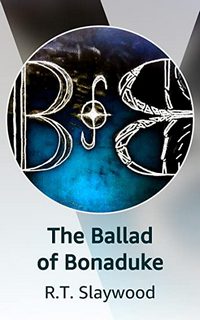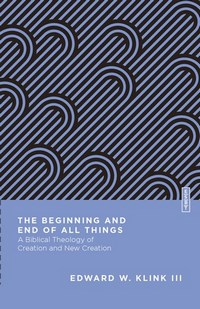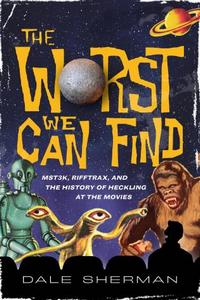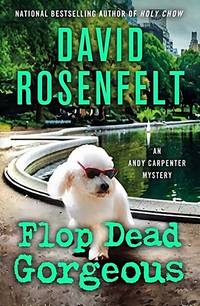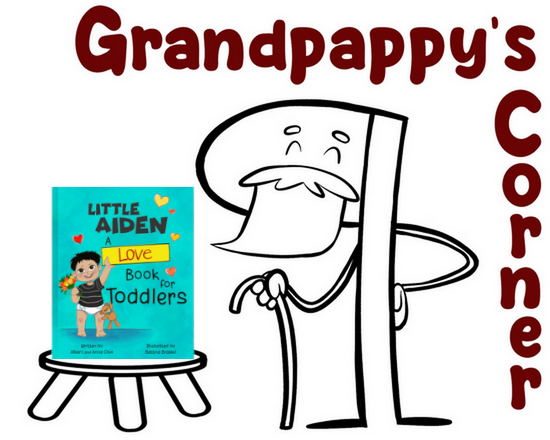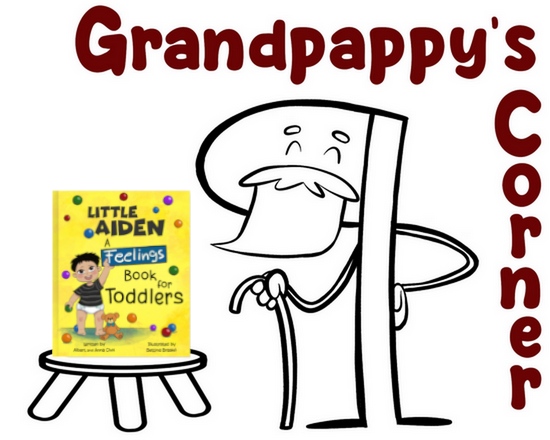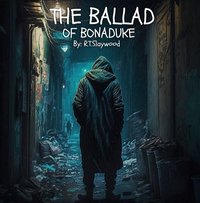 The Ballad of Bonaduke—
The Ballad of Bonaduke—
Episode 30: Zero Game
DETAILS: Series: The Ballad of Bonaduke, #30 Format: Kindle Vella Story Read Date: August 4, 2023

…whatever happens next you have to believe or we’re worse than dead.
The Story So Far…
A drunken Michael Bonaduke decides to use a grift (with maybe some sort of magic/magic-like “help”) to win on a scratch-off lottery ticket so he has money to buy more to drink. He pulls off whatever he did, gets his money and some booze and stumbles off into the darkness to drink himself into oblivion so he can start again the next day. He’s hit by dark memories (probably what’s driving him to the drinking) of fire, pleading, and screaming. There’s going to be a price to pay for his grift, and he’s trying to be ready.
He’s abducted by some representatives of a mysterious group who subject him to a test—if he passes, everything will be explained to him (and hopefully the reader, too). He passes—and is brought somewhere for answers, or maybe training, or maybe another test. Time will tell (or things are going to get really annoying). Answers aren’t quick to come—but the mysteries and questions keep piling up.
Things get hairy and Bonaduke leaves and finds himself back in the neighborhood he started from. He takes refuge in a homeless encampment shortly before a police raid. He’s apprehended and finds himself an interrogation room and shortly escapes after using his grift (but with results he didn’t quite intend). He finds himself by a group of squatters who seem to have strapped a woman to a chair for reasons that can’t be good. He attempts to rescue her before he even realizes what he’s doing, and seems to have succeeded—well, the two of them got away from the group anyway—breathing but bruised. They make their way to a fast-food taco joint and Bonaduke really needs to refuel to keep going. He tries, but fails to get food because he keeps passing out. Thankfully, the clerk is the same guy from the liquor store and he both recognizes him and gives him first aid.
What’s Zero Game About?
Before Bonaduke can get some food or come up with a decent plan for what to do next, the squatters find them and try to invade the restaurant to get the woman back (and probably punish Bonaduke). She wakes up, very conveniently, and takes charge—getting the clerk and Bonaduke to follow her lead pretty effortlessly (but not entirely willingly).
Then things get dangerous and weird.
So, what did I think about Zero Game?
Oh, ho. This is full of things happening. There’s zero naval-gazing or setup for later here (well, a little setup)—it’s about action and the story moving forward. This woman, apparently named Zero, is someone that I want to get to know better. And I think we’re going to get that chance.
Now I’m really annoyed that I took last week off because I could’ve been reading Episode 31 today otherwise. I really want to see what Zero does next.

![]()




